Discover what Service means in the ADF context through this engaging Learning Package. In less than 30 minutes, you'll reflect on acts of selflessness, from the iconic courage of Simpson and his donkey at Gallipoli to contemporary examples like the resilience and dedication of sailors during Operation FLOOD ASSIST.
This module includes:
- Historical inspirations like the ANZAC spirit and acts of mateship.
- Real-world scenarios, such as navigating tough decisions during deployments.
- Modern stories of service in action, highlighting resilience and compassion.
- Movie clips that inspire values-based leadership.
Engage in group discussions or personal reflection on how service shapes your actions, from small daily tasks to pivotal decisions under pressure. Strengthen your ‘service muscle memory’ with practical exercises to reinforce this foundational Defence value.
This Defence Values Learning Package Module is for members to engage in self-paced PME or junior commanders to invite their teams on a self-reflection exercise.
Introduction
ADF service is described as ‘The selflessness of character to place the security and interests of our nation and its people ahead of my own.’
I enjoy talking to recruits about why they joined Defence. People join for a whole range of reasons, but among and mostly chief among those reasons is a desire for service.
Approaching ADF recruiting is an offer of service. Putting on a uniform bearing the flag and rising sun is a reminder of our service. Sailors, soldiers and aviators working across the country and deployed around the world put service into action every day.
At times the cost of service is heightened – when we make choices to downplay our own interests for the sake of mates or the mission. Recruits have told me that for them service is about giving up comforts of an easier life to give others an easier life; about doing things you don't want to but have to for the team; about sacrificing comforts and freedom to determine your own day, for the sake of larger freedoms we are proud to protect.
Sometimes service is expressed in big ways – with a distant deployment or long distinguished career. Service is also expressed, and best learned, in the little things–volunteering for tasks, supporting an event, cleaning your kit, looking out for mates, taking duties over leave, taking the difficult posting, committing to unfavourable tasks without complaint, putting other work aside to be with a sick colleague, driving members to appointments, and helping mates with course lessons.
A sense of service is a big part of the ANZAC spirit. It is a big part of Australian culture broadly too (as expanded on in my book Credible Witness[1]). Convicts had their fair share of sufferings but developed empathy for others who suffered. Those working in the bush helped each other out. Former Chief of the Defence Forces, Sir Peter Cosgrove commented about Australian humanitarianism:
Without doubt the best quality we observe across the entire Australian community is a natural willingness to pitch in and have a go, to help others. We see it of course whenever there is an emergency or a worthy cause. We see it in every community volunteer organisation from the lifesavers to the bushfire brigades through to the thousands of youth and mature age sporting clubs and those great international service organisations like Rotary and many others. We see it in our professional bodies such as the police, fire and ambulance services and of course in the defence force. It is a generosity of spirit and a selflessness that is perhaps our most precious heritage to hand on to younger and newer Australians – a nation of people who care for and look out for each other.
Demonstrating sacrificial service is an ideal that Aussies prize. It is what inspires Australians to be people who give a helping hand – whether fighting a bushfire, rescuing a swimmer caught in a rip, helping a mate when they need it, or pitching in to help a battler.
I am proud to belong to an organisation who welcomed the service of women, people from diverse cultural backgrounds and indigenous soldiers well before workplace equality opened up in civilian workplaces. Let's honour the contributions, for example, of indigenous soldiers such as Arthur Brown, Arthur Williams and Arthur Sinclair in World War I and Reg Saunders Australia's first indigenous Army Officer who served both in World War II and Korea. Honouring the service of those who have gone before us is appropriate and can be inspiring, but of course we also honour and appreciate the service of our contemporary colleagues – from whatever different background they come.
Where have you seen service best expressed? I have seen members notice with keen interest when the CO takes time to encourage confidence in skills or lend a listening ear to a new member, or when the RSM embodies Defence values in picking up rubbish and washing their own vehicle. Section commanders embody and model service when their section runs out of food and they give them their rations, or when they say "You are not failing because you have not learned this yet - I am failing until I teach you. Let's keep at it."
Service includes the sacrifice of family members, personal time, geographical dislocation from relational networks through regular postings, being absent from significant family events due to service needs. Service is costly.
I love seeing service expressed in sport too. Jacqueline Nyetipei Kiplimo surprised the world at the 2010 Zheng-Kai Marathon. She noticed a double amputee competitor struggling to drink water. So she ran with him from the 10km to the 38km marker and helped him drink at the aid stations. She had to slow down. Instead of placing a likely 1st she placed 2nd place. That cost her the win and $10,000 prize. But Kiplimo showed that compassionate service was more important than winning a race.
Meditation exercise #1: What does the Defence value of service mean to you and where have you seen it embodied and lived out at its best?
Historical inspiration – Simpson and his donkey
John Simpson Kirkpatrick was an English-born trade union activist. He had deserted from the merchant navy in 1910 and tramped around Australia working in a variety of jobs. He enlisted in the AIF to get back to England. Instead PTE Simpson landed in ANZAC Cove on 25 April 1915. He was killed less than four weeks later. He is one of many immigrants who have proudly served Australia as their new adopted country.
PTE Simpson had been tasked with recovering and helping the wounded, which he pursued enthusiastically. He became famous for sourcing a small donkey and using it to carry men back from the front line. The journey often exposed him to fire. His bravery as the ‘man with the donkey’ became emblematic of Australian courage and tenacity Gallipoli. It is now one of the most famous stories of the ANZAC legend and Australia's Gallipoli Campaign. It is also typical of the ANZACs as Bill Gammage suggested of their mateship and service:
[T]he best Australians were loyal to their mates in every circumstance. One laid down his life by giving his gas mask to a friend; another shot through the arm, stayed with his wounded mate for seven days in No Man's Land … scavenging food and water from surrounding dead, and at night dragging him slowly to safety until at last he rescued him.
Meditation exercise #2: Where do you see the Defence value of service in PTE Simpson's actions and the ANZAC story?
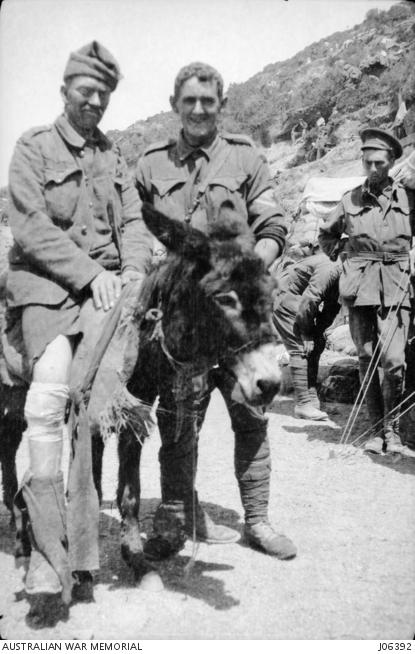
Contemporary heroes – Op FLOOD ASSIST
In 2022, a Navy Petty Officer ET Gardam and his team were tasked to aid the civil community on Operation FLOOD ASSIST in the region of Lismore. They worked long days and then slept on stretchers in the mud. One night, in big rain their tent collapsed. They faced difficult conditions and mounting fatigue, yet persisted with the task and did all they could to help Lismore's struggling population.
Sometimes the locals' stress of fatigue and trauma of loss spilled into expressions of frustration. The ADF team maintained a stance of service and appropriate respect despite the role that was new and admittedly uncomfortable for many of them. Networking with local agencies and volunteers, the sailors conducted their duties with compassion, stemming from their commitment to serve others with respect.
Meditation exercise #3: How could you and your team develop similar character traits for situations you may face?
Movie illustration – Men of Honor
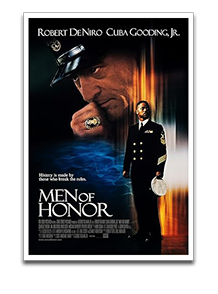
Movies can powerfully inspire values-based character – see COVE's Positive Psychology at the Movies.
For a terrific movie scene that illustrates service, watch Master Chief Sunday selflessly put the safety and interests of a colleague ahead of his own in ‘Men of Honor – Man Overboard | Bounce Dive’ (2:59) (best viewed off the DPN).
Meditation exercise #4 What can ADF members learn about the value of service from this scene?
Meditation exercise #5 What other movies and scenes best illustrate and inspire service for you?
Scenario – Boat people
Imagine yourself in this scene and discuss your responses. (This is a scenario Chaplains developed for ADFA's Character Mentoring Cell.)
You are on a ship patrolling the maritime borders of Australia to prevent illegal immigrants from entering our sovereign territory. A boat loaded with people claiming to be refugees has been detained by your ship, and your ship is currently towing it back outside Australian waters to try to force the boat to return to the country from which it came. The orders under which the ship's CO is operating are that boat people, who are almost always economic refugees, should not be picked up, because once aboard a naval ship, they are legally regarded as being on Australian territory and can request asylum.
The boat people are aware of this and, in the past, have sunk their boat in an effort to force the Navy vessel to rescue them as shipwreck victims. The Law of the Sea requires that shipwreck victims, being in a life-threatening situation, must be rescued.
You are on watch, and you see a woman and her child from the sunken boat in the water in apparent distress. You are aware that there is a direction that no Navy personnel are to enter the water, so to do so would be to disobey an order. But you can see the look of desperation, sorrow and helplessness in their eyes.
Discussion question #1: What actions would you take in this situation? In what ways can Defence values inform your response?
- You stay put and continue your duty on watch – no further action.
- You enter the water and try to save the woman and child, by bringing them back onto the Navy ship.
- Immediately go and inform Chain of Command of the woman and child who are in apparent distress.
- Propose another alternative: __________________________________________.
Reflection exercise – service reps & sets
Defence values and service are not taught in a classroom but learned in practice. This exercise is about having ‘reps and sets’ that can help to build your character and service muscle memory. As a drill over the coming week, when you are faced with a decision, ask yourself:
‘What will I as a person of character guided by SERVICE do here?’
Take a mental note of how the Defence value of service guided your actions, note it in your journal and/or be prepared to discuss your lesson with your team.
If you have further time, you could start discussing this question now and/or leave it till another session for review:
Discussion question #2: In what ways have you recently been guided by the Defence value of service?
Other activities
If you are interested in another scene that illustrates the Defence values of service and respect, watch ‘Hacksaw Ridge (2016), Lord Help me Get one More’ (3:49)
If you are interested in another scene from Men of Honor that illustrates the Defence value of excellence see ‘Men of Honor (3/3) Movie CLIP - 12 Steps’ (2:42).
If you enjoyed this activity, why not try other Learning Packages on Courage, Respect, Integrity or Excellence on the Forge, or an introductory Quick Military Education (QME) session on ADF Values or other QMEs available on The Cove?
Comments
If you have suggestions for improvements–other readings, scenarios, movies, discussion points, delivery methods, or if you have seen this value embodied by someone – or if you just want to provide feedback, please login to comment.
1 Cronshaw, D. (2006). Credible witness: Companions, Prophets, Hosts and Other Australian Mission Models. ISBN: 0977507025
2 Gammage, B. (1974). The broken years : Australian soldiers in the Great War. http://hdl.handle.net/1885/114783
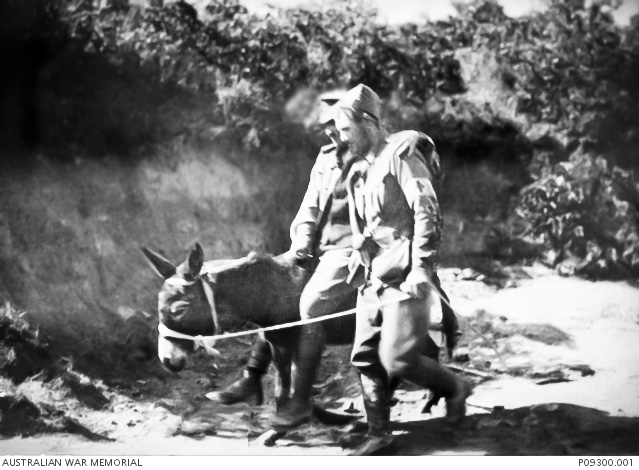
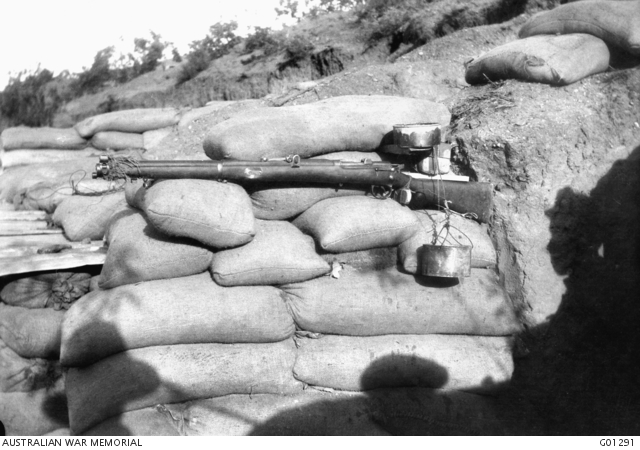

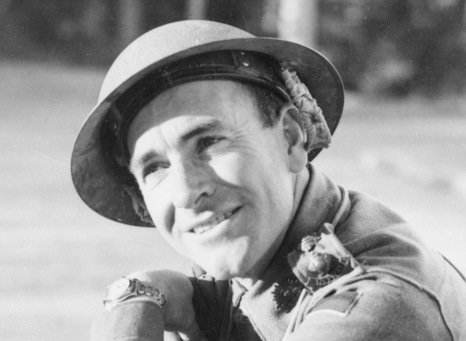
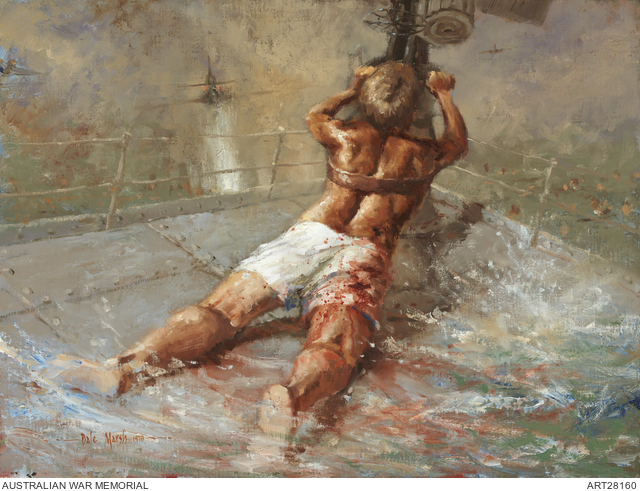
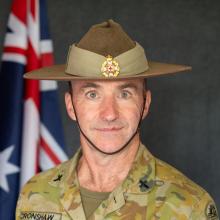
Comments
Start the conversation by sharing your thoughts! Please login to comment. If you don't yet have an account registration is quick and easy.